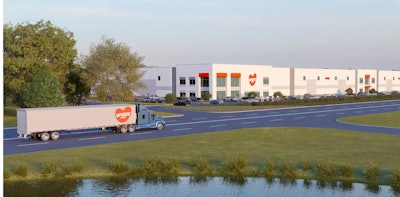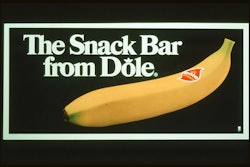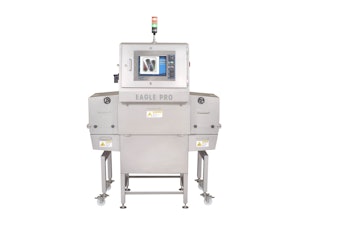
According to an internal email obtained by Wired, Upside Foods is halting plans to build a 187,000-sq-ft cultivated meat plant near Chicago—nicknamed Rubicon—that could produce 30 million pounds annually. The plant would be one of the largest cell-cultured meat facilities in the world, and Upside's second plant in addition to its Emeryville, Calif., location, which is also the company's headquarters.
In that email, Upside CEO Uma Valeti told employees that expanding operations in Emeryville would cost substantially less than starting construction on Rubicon. The news impacts 16 employees at Upside tied to the Illinois project. The facility is projected to employ 75 workers if it is built. In the memo, Valeti said Upside still planned to build a full-scale facility after the company had “delivered key proof points” through its Emeryville factory.
The news comes on the heels of politicians in Arizona, Florida, Tennessee, and others looking to ban and/or limit the sale of cultivated meat in their states. Last year, Upside Foods and Good Meat were granted USDA approval to sell cultivated chicken to the public. Soon after the approval, Upside's cell-cultured chicken debuted at Michelin-starred Bar Crenn in San Francisco, while Good Meat's cultivated chicken appeared at Chef José Andrés' China Chilcano restaurant in Washington, D.C. Both restaurants have recently paused serving cell-cultured chicken.























